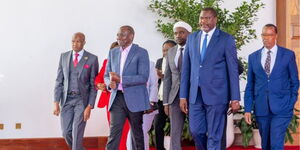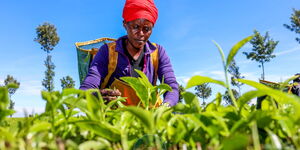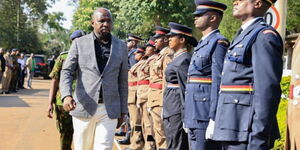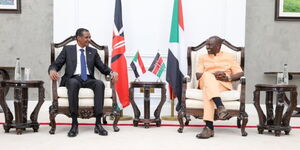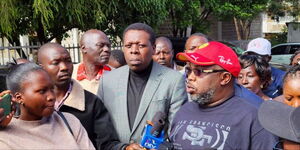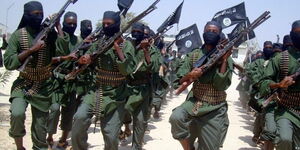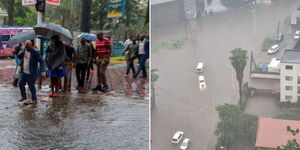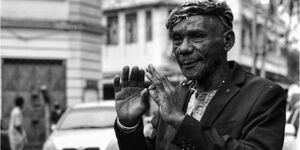Kenyan mountaineer Cheruiyot Kirui, in his final update from Mount Everest's Base Camp, laid bare his meticulous plans and daring preparations for a no-oxygen ascent, marking his last communication before the tragic climb that claimed his life.
Kirui’s update, filled with meticulous details about his preparations and reflections on the journey, provides a somber glimpse into the mind of a determined adventurer on the brink of his greatest challenge.
Kirui, who had been at Base Camp for 10 days, described the period as one of "inactivity except eating, sleeping, watching the weather and a few nearby hikes to keep the body honest."
Despite the lull in action, the climber maintained his resolve, driven by the logic and science that had guided his preparations.
In a moment of celebration amidst the tense anticipation, Kirui recounted a lively Kazakh party, honouring the first Kazakh woman to summit Everest.
The event featured cake, dancing, and drinks, with Kirui humorously noting that his nonexistent dance moves placed him in the top 90 per cent.
The Kenyan mountaineer’s plan for a no-oxygen summit was fraught with risks and special preparations.
Kirui acknowledged the daunting statistics: only 3 per cent of successful Everest summits are without supplemental oxygen, and of those attempts, only 30 per cent succeed, typically by seasoned professionals.
"My body has had its share of battering and although it may not like me anymore, it's ready for this," Kirui wrote, outlining the specific measures he had taken to mitigate the cold, including heated gloves, mittens, and socks, all with spare batteries.
Kirui was no stranger to the dangers of high-altitude climbing, having previously suffered from High Altitude Pulmonary Edema (HAPE) twice.
He carried Nifedipine to combat HAPE, Dexamethasone for High Altitude Cerebral Edema (HACE), and Acetazolamide as a precautionary measure.
In a sobering assessment of his strategy, Kirui detailed the conditions under which he would use emergency oxygen, carried by his companion Nawang Sherpa.
This included scenarios where he lost consciousness, faced severe weather, or encountered traffic jams in the perilous death zone.
"My initial plan was to climb from the Tibet/North side to avoid traffic. But here we are," Kirui noted, highlighting the unpredictability and inherent risks of his endeavour.
Despite the dangers, Kirui remained focused, comparing his attempt to a "shot in the dark," albeit one aimed with precision.
His final words were a mix of hope and realism, expressing anticipation for the outcome and a resolve forged by months of physical and mental preparation.
As he prepared for his "summit rotation," Kirui reflected on the immense personal investment this climb represented.
"This expedition is taking more than a month from a regular 8 to 5 banker...the amount of zeros needed to make this happen means I declare bankruptcy immediately I land back in Kenya."
The climber's last communication ended on a hopeful yet uncertain note, "As usual we reconvene here in a few days to see how things will have turned out."
Tragically, those anticipated days brought not reunion but heartbreak, as Kirui did not return from his ascent.
Cheruiyot Kirui was just 200 meters from the summit of Mt Everest when he fell to his death. His body was discovered on Thursday, May 23, a few meters below the summit of Mount Everest, where he was attempting to become the first African to climb without supplementary oxygen.



